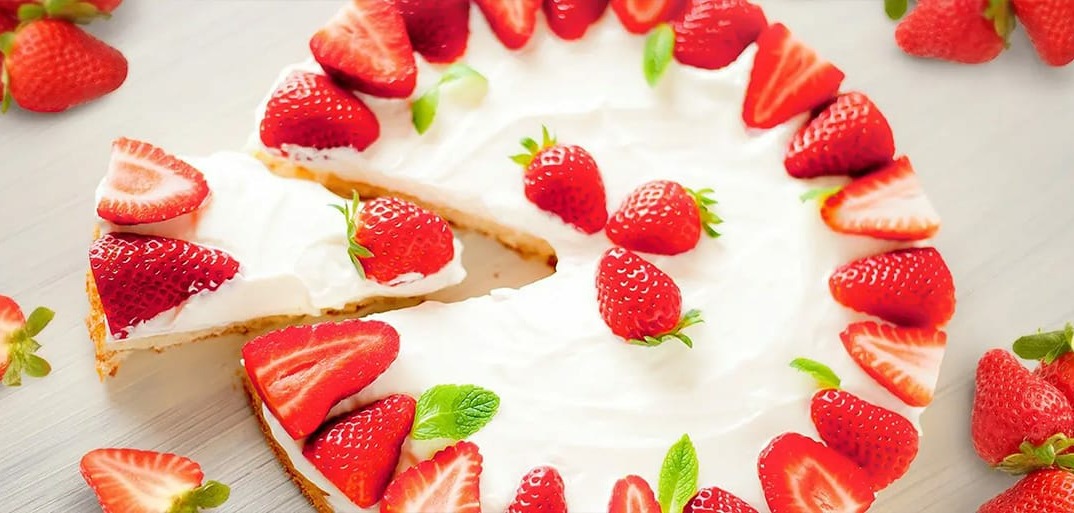
The sweet taste of summer.
“When I eat our strawberries, the sun always shines for me. Because they are so sweet and juicy,” says Irmgard Hensen happily. She and her husband Ralf have been growing deliciously sweet strawberries for us in the mild climate of Swisttal, in the Voreifel region, since the late 1990s. They come from a protected cultivation area, where the delicate fruits are safe from the wind and rain.

So lovingly cared for, they turn red and sweet naturally.
You can get deliciously aromatic strawberries from us all year round. That’s why we grow them not only in Germany, but also in South Africa, Tunisia and Greece, for example, as well as in the southern Spanish region of Huelva, where our fields are located around the town of San Bartolomé, near the Atlantic coast. Here they thrive in a climate of short, mild winters and a sunny, warm spring with a balmy sea breeze.
We grow our strawberries with a lot of love and passion and we are good to nature. This also means, for example, that we protect the bees in our fields and irrigate the fruit with water from catch basins.
And for all those who are already longing for summer in spring, picker José has another tip: “Do as I do, just eat some sweet strawberries from Huelva!”

Good to know
Freeze strawberries? Here's how: Remove the stem and freeze the fruit loosely spread on a tray. Then transfer them into a container.
More interesting factsabout strawberries
Country of origin
From the winter months to early summer, most of our strawberries come for example from the province of Huelva in southern Spain. In summer, they come mainly from the German Swisttal.
Storage
If you don’t want to eat the strawberries right away, keep them covered in the coldest part of the refrigerator. They will keep for one or two days. It is best to take them out about half an hour before eating. They taste best at room temperature, as cold neutralizes their sweet flavor. And only then should you wash them.
History
Even during the Stone Age, the fruits played a role in the diet. At that time, there were just the small, tasty wild strawberries. It was not until the 18th century that French settlers along Canada’s Saint Lawrence River discovered strawberries, which were larger and even tastier. This developed into the popular garden strawberry, which today fruit lovers can no longer imagine life without.
Tips and special features
Strawberries contain 40.9 milligrams of vitamin C per 100 grams. Did you know that the sweet ones belong to the genus of nuts? The many small dots on their surface are actually nuts. Strawberries are so popular worldwide that there are now over 1000 varieties. But we at SanLucar only grow the ones with the best and most intense flavor.
Nutritional information
| Vitamin B (mg/100g) | 0.9 mg |
| Vitamin C (mg/100 g) | 40.9 mg |
| Vitamin E (mg/100 g) | 0.6 mg |
| Potassium (mg/100 g) | 141 mg |
| Calcium (mg/100 g) | 26 mg |
| Magnesium (mg/100g) | 10 mg |
| Calorific values: Energy | 32 kcal |
| Fett thereof |
0.4 g |
| Monounsaturated fatty acids | |
| Polyunsaturated fatty acids | |
| Carbonhydrates | 5.5 g |
| of which sugar | 5.5 g |
| Protein | 0.8 g |
| Salt | 3 g |

Taste in harmony with people and nature
We use our modern, digitally controlled water management system to save water, always rely on natural predators first when dealing with pests and protect the bees.
More about our social responsibility















